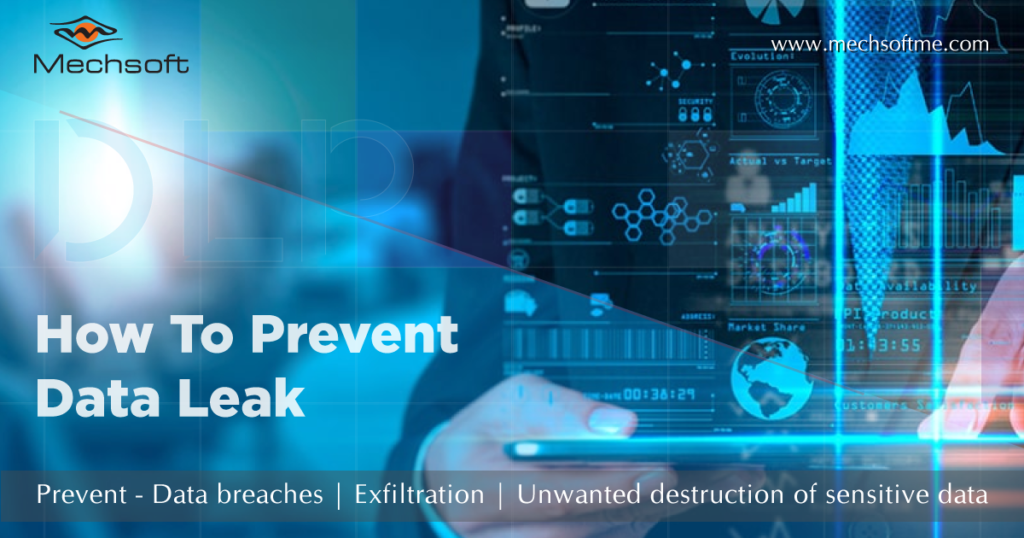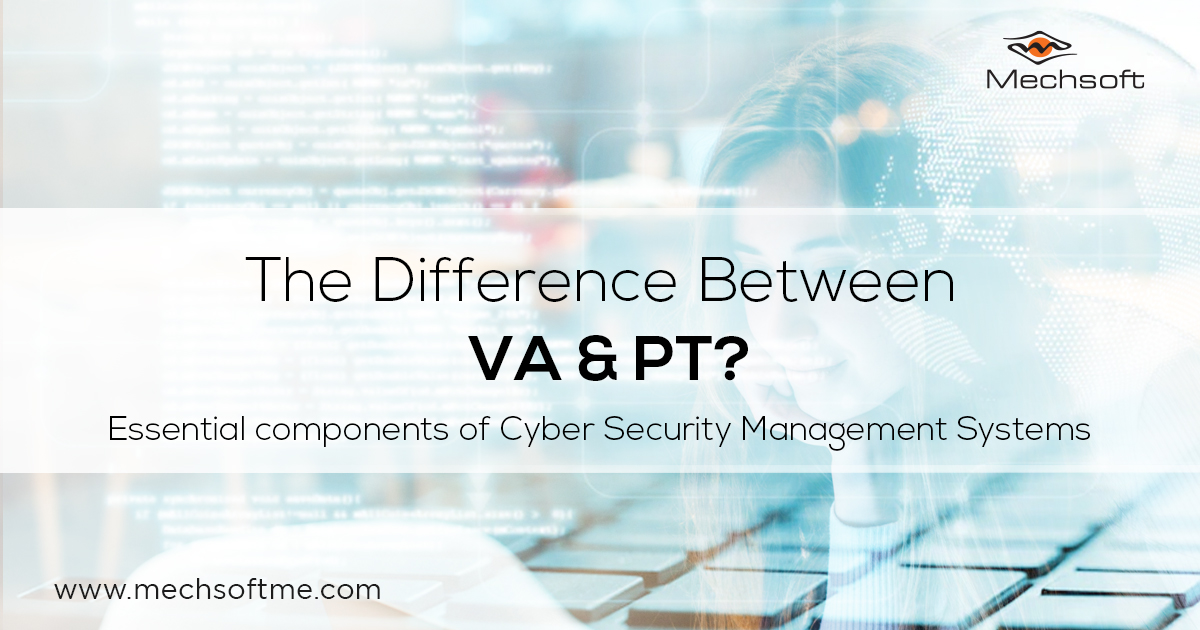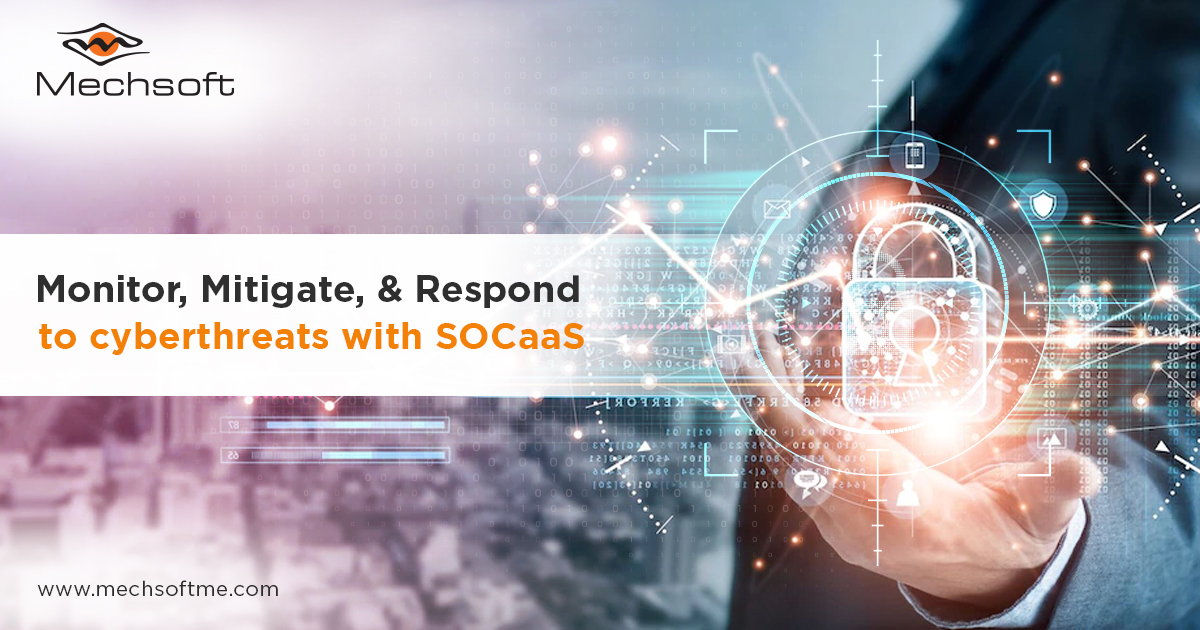Everything You Need to Know About Data Loss Prevention!
When enterprise loses vital data in a ransomware attack, it is referred to as data loss. Data Loss Prevention aims to prevent data from being transferred outside of a business.
Businesses use DLP to protect and secure their data by following certain principles.
Businesses commonly use Data Leakage Prevention to:
- Protect Personally Identifiable Information (PII) and follow all applicable laws.
- To protect intellectual property.
- Offer data visibility for large organizations.
- Ensure a secure work environment with BYOD (Bring Your Device)
- Secure data available in the cloud
The first step to securing data from any attack is understanding and identifying the causes of the data leaks. Once we know the causes, we can identify how to prevent data leakage.
What Are the Major Causes of Data Leakage?
To find a solution to any problem, we must first identify its cause. The main causes of data leakage are:
Insider Threat
A malicious employee or an attacker who has managed access to a privileged user account may exploit the advantage and attempt to sell or use data for personal benefits.
Extrusion by Attackers
Most Cyber attackers target sensitive data from organizations to inflict huge losses and gain great profits themselves. They would seep into the security perimeter with tricks like phishing, malware, or code injection and find access to sensitive data.
Negligent Data Exposure
One major cause of data leakage is inefficient employees. As these employees access data via public connections, use the open internet or forget to restrict access to certain important information, it becomes easily available for the attackers.
These are the major reasons why data loss may happen in an organization. If you want to ensure data protection for your business, the first thing you need to take care of is limited access to the data.
Use any basic data protection system to affirm that your data is safely accessed and used. If you work for a large company, you might use dedicated Data Loss Prevention (DLP) tools or solutions to protect your information.
DLP can also be aided by tooling in the Security Operations Center (SOC). You can use a Security Information and Event Management (SIEM) system, for example, to monitor and correlate events that might indicate a data breach.
Sometimes basic steps to prevent data leaks prove more useful and efficient than complex ones.
Best Practices for Data Loss Prevention Solution
Putting DLP best practices in place helps firms maintain and monitor access and use of their data, whether it’s to secure sensitive data or preserve intellectual property. People, procedures, and technology influence how Data Loss Prevention operations are implemented across the company.
Everyone in a business, from board members to individual employees, is responsible for protecting data to reduce the danger of a data breach. Data is safeguarded while in use, in motion, and at rest when clearly defined protocols are in place. DLP software monitors and enforces policies throughout the network, at endpoints, and in the cloud.
Basic Parameters to Define Data Loss Prevention:
- Define the Data that needs to be protected
- Identify where the data is located
- When the data needs to be accessed
- Measures to take when you access secured data
- The major threats
Best Practices for Data Loss Prevention Solution
Putting DLP best practices in place helps firms maintain and monitor access and use of their data, whether it’s to secure sensitive data or preserve intellectual property. People, procedures, and technology influence how Data Loss Prevention operations are implemented across the company.
Everyone in a business, from board members to individual employees, is responsible for protecting data to reduce the danger of a data breach. Data is safeguarded while in use, in motion, and at rest when clearly defined protocols are in place. DLP software monitors and enforces policies throughout the network, at endpoints, and in the cloud.
Basic Parameters to Define Data Loss Prevention:
- Define the Data that needs to be protected
- Identify where the data is located
- When the data needs to be accessed
- Measures to take when you access secured data
- The major threats
Once you are clear about these parameters, you can surely create a roadmap that helps you keep your organization safe and secure from Cyber attackers.
As you build a protection system around your data, the next thing that you need to focus on is accessing techniques. Since the data we are talking about here is confidential and restricted to the organization, some detection techniques can help protect the data easily.
Access Detection Techniques
The main objective of a DLP system is to detect private information in a data stream. Various systems use different methods; some of them are:
- Create Digital Pieces of Sensitive Data
- Apply Tag to All Sensitive Information
- Find Keywords and Expressions Used in the Document to Identify With
- Analyze Texts for the Right Choice
Accuracy is undoubtedly a crucial element here. Any failure to detect genuinely sensitive information can result in unreported leaks. False positives waste security team resources by alerting on data that isn’t genuinely sensitive and can cause friction with users who are unjustly suspected of wrongdoing. As a result, you should seek out a DLP solution that reduces both false negatives and positives.
You must stick to the best practices that can help you keep your business information protected.
How to Protect Your Data from Any Cyber Attack?
Data Loss Prevention (DLP) and auditing mechanisms should be implemented to enforce data usage policies. The purpose is to determine how data is being utilized, where it would be used, and whether or not it complies with compliance policy standards such as GDPR. Real-time notifications should be delivered to administrators whenever a suspicious occurrence is noticed so that they can investigate. Violators shall be held accountable according to the data security policy’s provisions.
The best practices for Data Loss Prevention listed below will assist you in protecting your sensitive data from internal and external threats:
- Know and Define Sensitive Data in the Organization
- Use Simple Data Encryption Technique
- Work a Little Strictly with Your Systems
- Rigorous Patch Management Strategy Is the Key
- Define Roles for All
- Automate the System to the Max
- React When Things Seem Unusual
- Tell Stakeholders about the Cybersecurity Steps
- Set Metrics
- Don’t Push Unnecessary Data.
These are some very basic things you need to consider to maintain your cyber security.
Wrapping It All!
Data Loss Prevention is one of the strongest pillars to hold your business together and help you access your data easily and safely. Mechsoft Technologies can make it really easy for your organization to keep you protected. We have a team of experts who run training programs and integrate safety solutions with your organization. Speak with our experts to know more about our DLP solution platforms that empowers your team to consolidate your security capabilities without the need for external agents or consoles.



